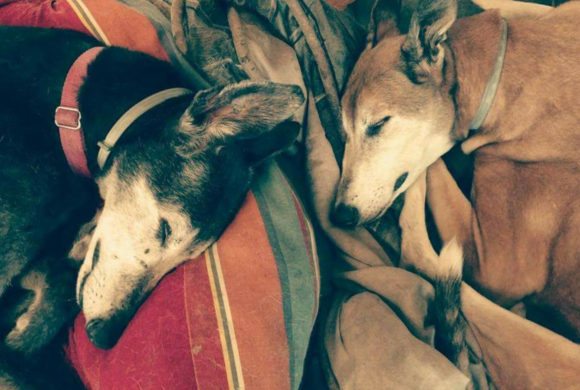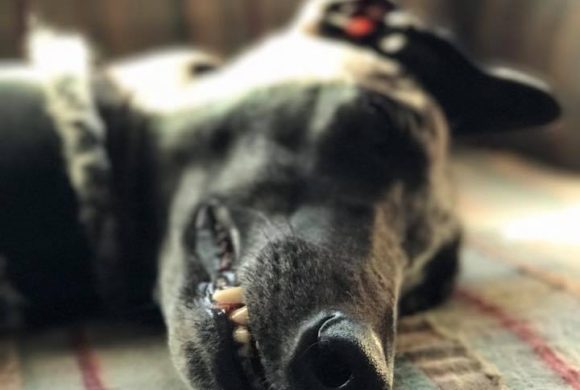Greyhound Anesthesia
Greyhounds and Anesthesia
Greyhounds have special anesthesia needs when undergoing surgery; anesthesia that is safe for other dogs can kill a greyhound. Most veterinarians have an understanding of Greyhound idiosyncracies when it comes to anesthesia.
Here are a few pointers and reminders that you can take to your veterinarian to make sure your hound gets the best care possible.
- There is no age limit for surgical procedures necessary for your greyhound as long as a proper work-up has been performed and deems your hound healthy.
- A preanesthetic/presurgical work-up should include a complete physical exam, a complete blood count, and a basic blood chemistry profile. Greyhounds blood values do have some peculiarities that should be noted. White blood cell counts and platelet counts often run just below the normal range for other dogs. This doesn’t indicate anything is wrong with your hound unless the values are significantly low and there are physical symptoms of concern.
- Your hound will usually have a higher than normal hematocrit/red blood cell count. This is an adaptation that increases their oxygen capacity to help their muscles when they run.
- In the blood chemistries, most greyhounds will have high normal to slightly higher than normal levels of Creatinine. The belief is that this is due to their large muscle mass. If there is concern about kidney function in your hound, a urinalysis and a blood test called SDMA should be evaluated prior to anesthesia and surgery to make the procedure as safe as possible.
- IV fluids are recommended for all general anesthetic procedures; this helps support blood pressure and remove breakdown products of medications used.
- Preanesthetic medications will help reduce pain and anxiety your hound may experience while at the vet for any surgical/anesthetic event. These medications should include a pain reliever (such as Morphine or Hydromorphone) and a medication to help your hound relax (such as the traquilizer Acepromazine). Dosages for pain medications are the same as in other dogs, adjusting for age and health status. Dosage requirements for Acepromazine are lower (at least half) adjusting for age and health status.
- Atropine and/or Glycopyrolate are no longer recommended for use in premedication protocols.
- IV induction should be performed using a combination of Diazepam and Ketamine or Propofol.
- Avoid mask inductions as the large lung capacity of greyhounds makes this a difficult and potentially dangerous induction choice. Always secure the airway using an endotracheal tube.
- NEVER USE THIOBARBITUATES (ex. Biotal, Surital, Pentothal).
- The gas anesthetics Isoflurane or Sevoflurane are both safe choices for maintaining anesthesia in greyhounds. These should always be administered via an endotracheal tube.
- Greyhounds are prone to hypothermia while under anesthesia. Proper warming using appropriate water or forced air heating blankets should be maintained while your greyhound is under anesthesia.
- Greyhounds also have an increased risk for a rare condition called malignant hyperthermia that is more likely to happen following an anesthetic procedure. Your greyhound should have its body temperature monitored following surgery until it is awake, aware, and able to stand on its own.”


